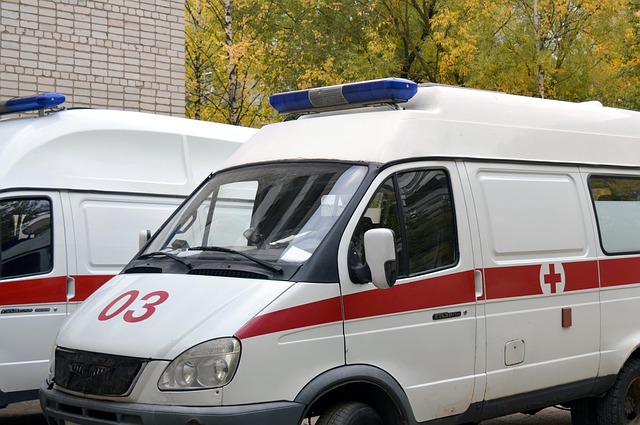EMS Training: Roles, Education, and Prehospital Care
Emergency medical services (EMS) training prepares people to provide urgent care in the field, on an ambulance, and during transport to definitive healthcare facilities. Training programs combine classroom instruction, clinical rotations, and hands-on skills practice so learners can assess patients, manage airways, control bleeding, and apply other basic and advanced interventions. EMS training supports teams that respond to medical emergencies, trauma, cardiac events, and other time-sensitive conditions where rapid assessment and treatment improve outcomes.

This article is for informational purposes only and should not be considered medical advice. Please consult a qualified healthcare professional for personalized guidance and treatment.
What are emergency medical services?
Emergency medical services are organized systems that deliver care outside hospital settings, typically from the point of injury or sudden illness through transport to a definitive care facility. EMS includes dispatch, on-scene care, ambulance transport, and coordination with emergency departments and other healthcare providers. Personnel roles range from emergency medical responders and emergency medical technicians (EMTs) to paramedics, each with different scopes of practice defined by local regulations and medical oversight.
What does EMS training cover?
EMS training covers patient assessment, cardiopulmonary resuscitation (CPR), bleeding control, splinting, oxygen delivery, and basic life support skills. Advanced programs add medication administration, advanced airway management, cardiac monitoring, and trauma management. Coursework often blends anatomy, physiology, pharmacology, and clinical decision-making with scenario-based simulations. Successful programs emphasize critical thinking, teamwork, infection control, and documentation standards required for safe prehospital care and seamless transfer to downstream healthcare providers.
How do you become a paramedic?
Becoming a paramedic typically involves progressive education: complete an accredited EMT course, gain field experience, then enter a paramedic program accredited by the relevant oversight body. Paramedic training includes advanced life support skills, pharmacology, ECG interpretation, and clinical rotations in hospitals and ambulances. Graduates usually must pass a national or regional certification exam and satisfy state licensure requirements. Continuous professional development and recertification maintain clinical competence and adapt skills to evolving standards of care.
What is the role of the ambulance in prehospital care?
An ambulance functions as a mobile treatment unit, transporting trained personnel, equipment, and medications to provide timely interventions. It is equipped for monitoring, stabilization, and basic or advanced life support depending on service level. Proper scene management, patient packaging, and safe transport are core competencies practiced during EMS training. Ambulance teams coordinate with dispatch, law enforcement, and receiving hospitals to prioritize patient safety, optimize transport decisions, and shorten intervals to definitive treatment when necessary.
How does EMS training connect with broader healthcare?
EMS acts as the interface between the community and formal healthcare systems, making training essential for continuity of care. Effective EMS training emphasizes communication with emergency departments, accurate documentation, and understanding when to route patients to specialized centers (for example, stroke or cardiac catheterization centers). Training also covers public health principles, disaster response, and interprofessional collaboration so EMS professionals can contribute to system resilience, patient triage, and community health initiatives.
Where to find EMS training and accredited providers
Many institutions provide EMS training, including professional associations, community colleges, and hospitals that run accredited EMT and paramedic programs. Below are commonly recognized organizations and program types that can offer training, certification pathways, or educational resources.
| Provider Name | Services Offered | Key Features/Benefits |
|---|---|---|
| American Heart Association | CPR, BLS, ACLS courses; instructor training | Standardized cardiac and resuscitation curricula used widely in EMS and healthcare |
| American Red Cross | First aid, CPR, community responder courses | Community-focused training with options for lay responders and healthcare workers |
| National Registry of Emergency Medical Technicians (NREMT) | Certification exams and credentialing resources | Provides national-level exams and guidance for certification and recertification |
| Community colleges / Technical schools | EMT and paramedic certificate/degree programs | Local, accredited programs combining classroom, lab, and clinical rotations |
Conclusion
EMS training builds the knowledge and practical skills needed for safe prehospital care and effective collaboration with the broader healthcare system. Whether pursuing entry-level EMT training or advanced paramedic education, accredited programs blend didactic learning, hands-on practice, and supervised clinical experience. Clear standards, ongoing education, and system integration help EMS professionals deliver timely, appropriate care in emergencies while supporting public health and patient outcomes.






